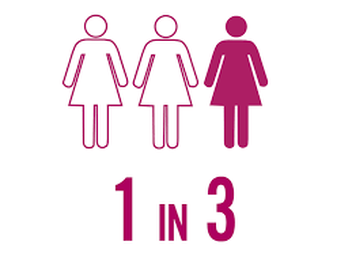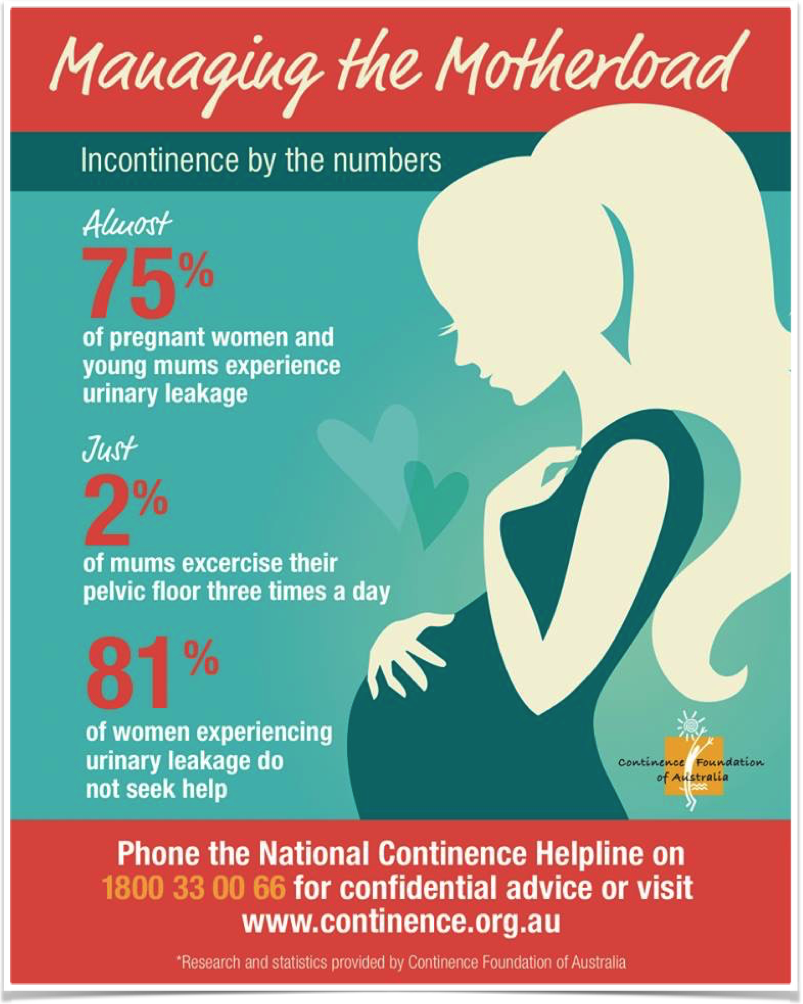Incontinence, You Are Not Alone!
Are you suffering from incontinence? We are here to help you.
|
Among Australians, 13% of men and 37% of women have urinary incontinence, and 20% of men and 12.9% of women have fecal incontinence according to the Australian Institute of Health and Welfare report, 2006.
Usually you have a hold over your urine and stools. You can hold them till you want to use your washroom and your pelvic muscles help you do that. Pelvic muscles are the muscles in your bottom near your anus and urethra. However, weak pelvic floor muscles can make it difficult for you to control these urges and that is known as incontinence. In incontinence, urine and stools leak unintentionally. Urinary incontinence is more common than fecal (stools) incontinence which is usually seen in the aged. |
What can weaken your pelvic floor muscles?
|
Types of incontinence
|
Here are five types of incontinence
70% of people affected with urinary incontinence, do not seek medical help! Talk to us at “Women’s health Physio.” The solution can be as simple as few lifestyle modifications to few medicines. |
Tretment of incontinence
|
First, we assess the strength of your pelvic muscles and then advice you the most suited exercises. Like all other exercises, you can achieve quicker results when you practice exercises under the personal guidance of a trainer. The good news is pelvic floor training helps you recover from almost all types of incontinence.
Lifestyle changes are also of great help.
|






